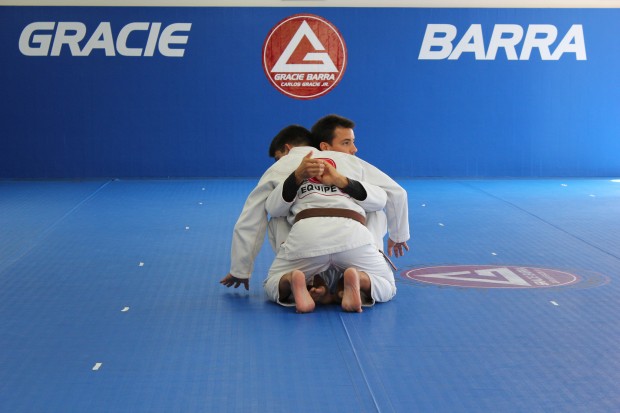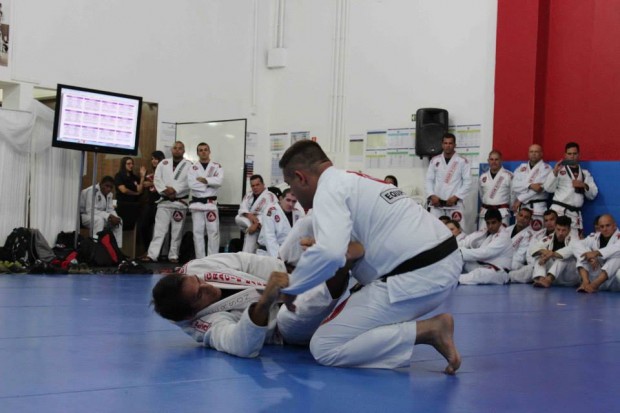Experiment! Your Own Jiu-jitsu Laboratory
The instructor has a large role in the student’s progression of bjj, especially in that first year of training. As the student gains experience, they should take on a larger and larger role in their own development.
Read also:Your Role in learning to Roll – The Bjj student’s responsibility in self learning
Between exchanging ideas with other advanced students and what they learn in class, they develop a solid understanding of the basic techniques. Now, from the starting point of sound basics, the students should look to experiment with their jiu-jitsu.
I am fond of saying that blue belt is the belt of experimentation. This is a point where the student has enough grasp of the basics, enough mat fitness and positional knowledge to be able to roll effectively.
What do we mean by experimenting?
1) Nowhere is this more true than in the variety of guard styles!
Once you have an understanding of closed guard and at least one or two variations of open guard, you can explore the other guard styles. Consider how many guard styles there are in modern bjj with the kimono:
Butterfly;
De la Riva (and reverse!);
X-guard;
Spider guard;
Sitting guard;
Closed old school;
Lapel guards;
Z-guard / 93 guard;
Rubber guard;
Cross guard;
and it goes on and on…
Dive in an pick a new style of guard and try to start from that position in your rolling. Observe how your opponent tries to pass; what mistakes are they likely to make? What openings for sweeps or submissions will present themselves?
2) Variations of your favorite positions
For every basic “bread and butter” position there are multiple variations. One of my earliest training partners was so crazy to learn every variation of his favorite positions that our head instructor laughingly started referring to him as “The Mad Scientist of Jiu-jitsu”! He was always on the lookout for new variations on old themes that he could find to catch his opponents by surprise.
You can scour many sources for new ideas on your existing favorite positions and some black belt channel on YoutTube will have what you are seeking.
This is especially applicable when we consider individual differences in body type, height, leg length, etc. Many variations have come about in response to different body types. Helio Gracie was famously known to have adapted techniques to work more efficiently to work with his smaller frame.
In fact, whenever a group of senior belts is clustered on a corner of the mat, all you need to do is go over and demonstrate your basic position and the others will get excited and offer “have you seen this way of doing the same technique”?
3) Tweak it until it breaks!
One of the ways that you can learn the underlying principles of WHY your favorite techniques are so effective is to deconstruct the technique.
Example: If your guard scissors sweep works well with a sleeve grip near the wrist, what happens when you try an elbow grip? If you grip still higher near the shoulder?
You will undoubtedly find your technique is more effective with a certain grip and requires less energy to execute. At some point when experimenting with the grip changes, the technique will “break”. That is to say your experiment will fail. You have discovered why the technique needs specific elements in order to work properly. If those essential elements are not present, then you can now diagnose why your technique is not working in rolling.
How do you experiment in your own bjj game?
Read also: Developing Your “A” Game – Tips on Finding Your Strongest Positions



